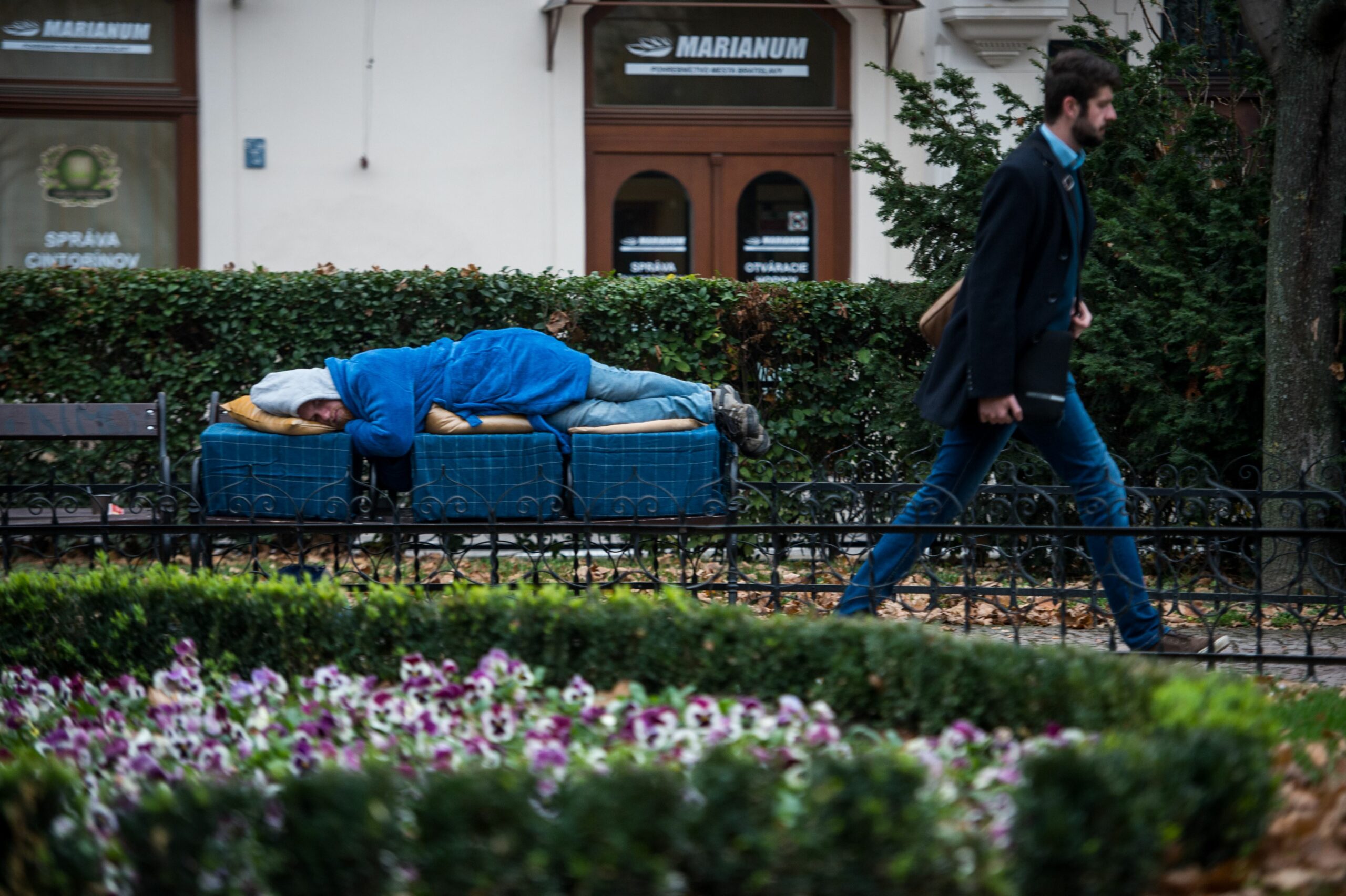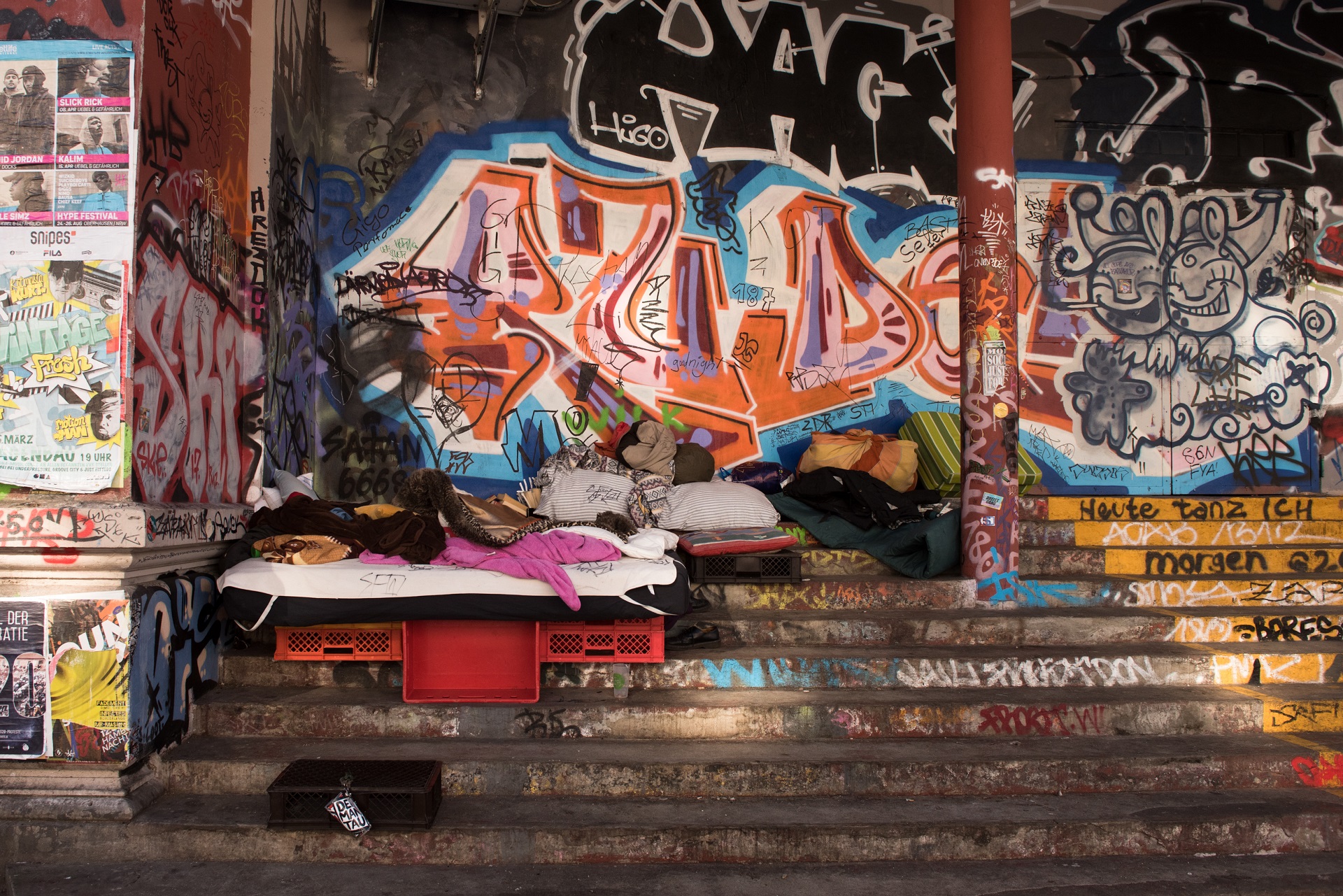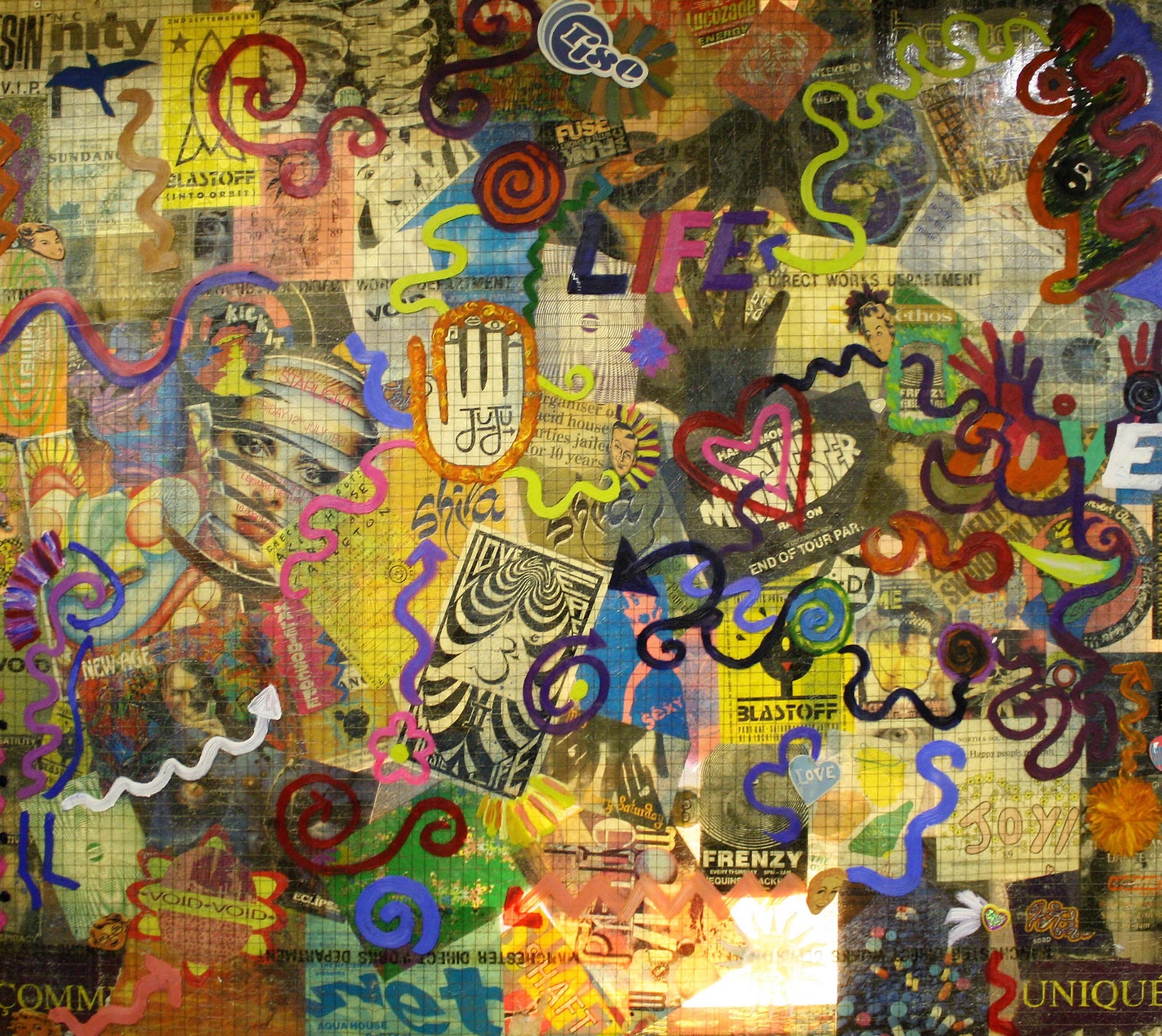By Lilian Bernhardt
Sharp spikes, flashing lights, wayward sprinklers: hostile architecture restricts how public space is used by all of us. But grassroots groups are trying to make this dangerous design trend a passé relic.
In the space of 90 days, Jason Russell’s life changed dramatically. The firefighter and father of three had a workplace injury, followed by mental health challenges, which led to him becoming homeless. For 18 years he slept rough in Melbourne, squatting in abandoned factories, buildings and the surrounding streets.
Jason says that his priorities at that time were finding shelter, water and access to bathroom facilities – tasks made more difficult by the intentional deterrents embedded in the city’s urban landscape. “It’s bad enough that you’re homeless,” he says, “but then they’re actively going out of their way to infringe on your world, putting up barriers on purpose.”
Jason would often find a seemingly safe place to rest for the night, only to discover, on closer inspection, infrastructure designed for discomfort.
Small, sharp spikes on the ground prevented him from sitting or lying down. Sprinklers in parks were positioned to wet benches. Loud music piped through PA systems disturbed his sleep, while armrests on public seating limited his ability to stretch out.
This is “hostile architecture”, a trend that started a few decades ago but has recently been ramping up, according to Architects Without Frontiers. Its antisocial design choices hide in plain sight, with the intention of curbing certain kinds of behaviour, and deterring certain groups of people.







Leave a reply
Your email address will not be published.